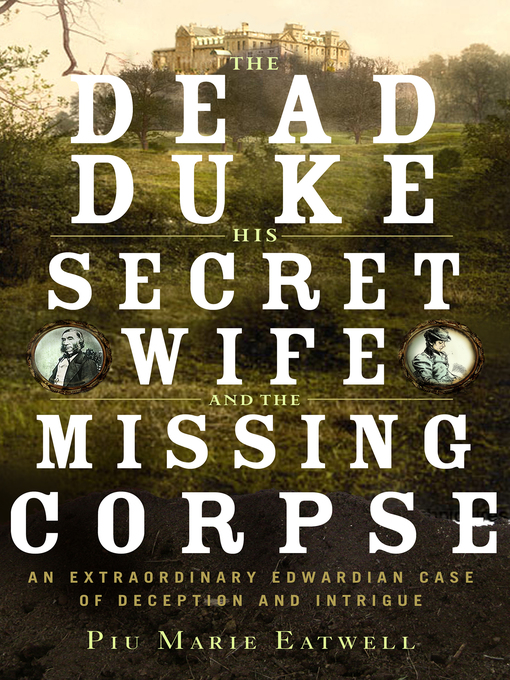
He constructed elaborate underground passageways from one end of his home to the other and communicated with his household staff through letters. The 5th Duke of Portland had long been the victim of suspicion and scandalous rumors an odd man with a fervent penchant for privacy, he lived his days in precisely coordinated isolation in the dilapidated Welbeck Abbey estate.

From that fateful afternoon, the lurid details of the Druce-Portland case spilled forth, seizing the attention of the British public for over a decade.Īs the Victoria era gave way to the Edwardian, the rise of sensationalist media blurred every fact into fiction, and family secrets and fluid identities pushed class anxieties to new heights. Druce wanted the tomb unlocked and her father-in-law's coffin exhumed, adamant that it would lie empty, proving the falsehood and leaving her son to inherit the vast Portland estate. Druce claimed that Druce had been the duke's alter ego and that the duke had, in 1864, faked the death of his middle-class doppelg nger when he grew tired of the ruse.

Maintaining her composure amid growing agitation from the clutch of lawyers, journalists, and curious onlookers crowded into the church, Mrs. Druce, her late father-in-law, had in truth been a secret identity for none other than the deceased and enormously wealthy 5th Duke of Portland. Pauls Cathedral claiming that the merchant T.

She stood among the overflowing pews of St. In 1898, an elderly widow, Anna Maria Druce, came to the British court with an astonishing request.


 0 kommentar(er)
0 kommentar(er)
